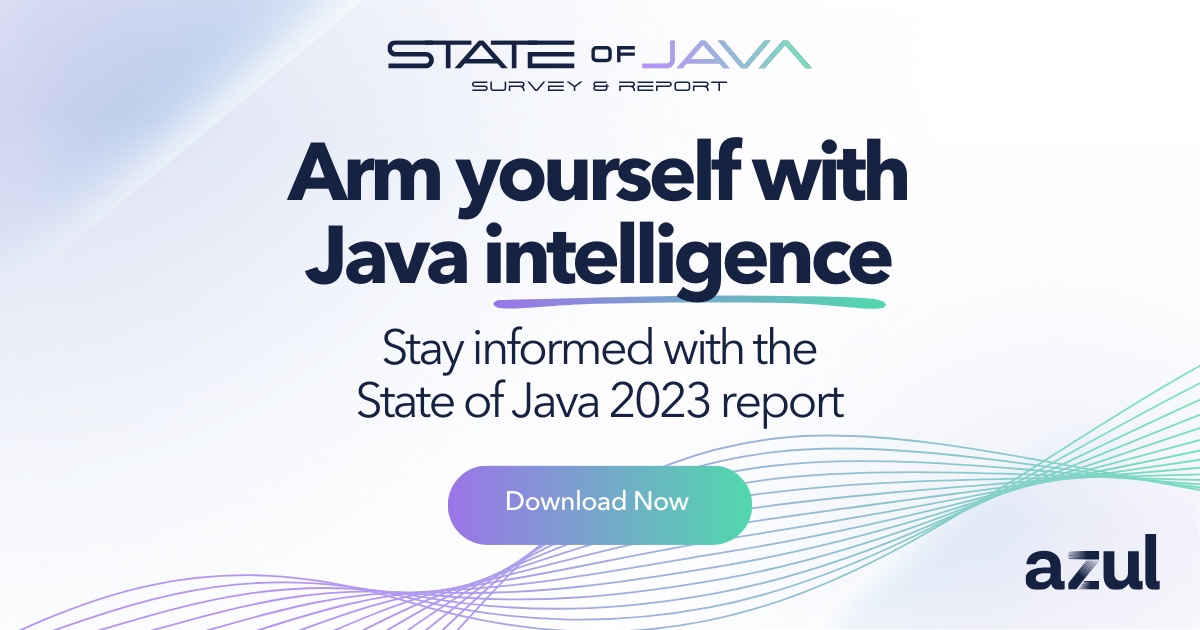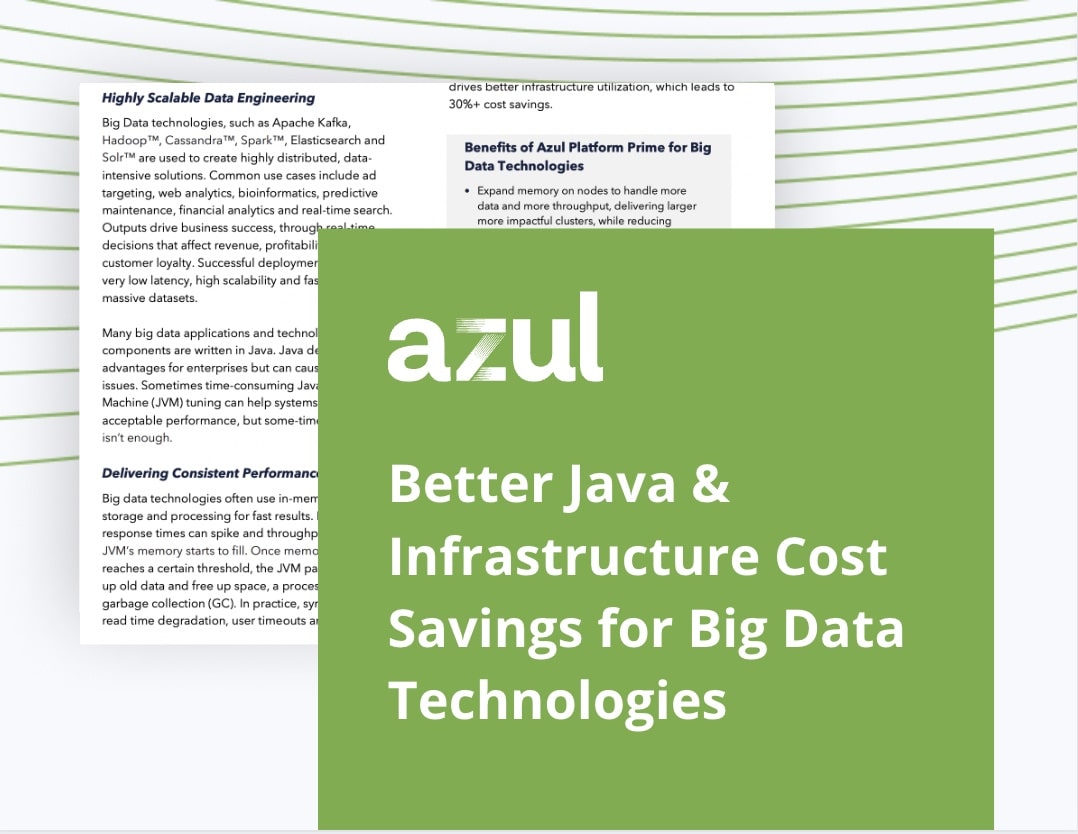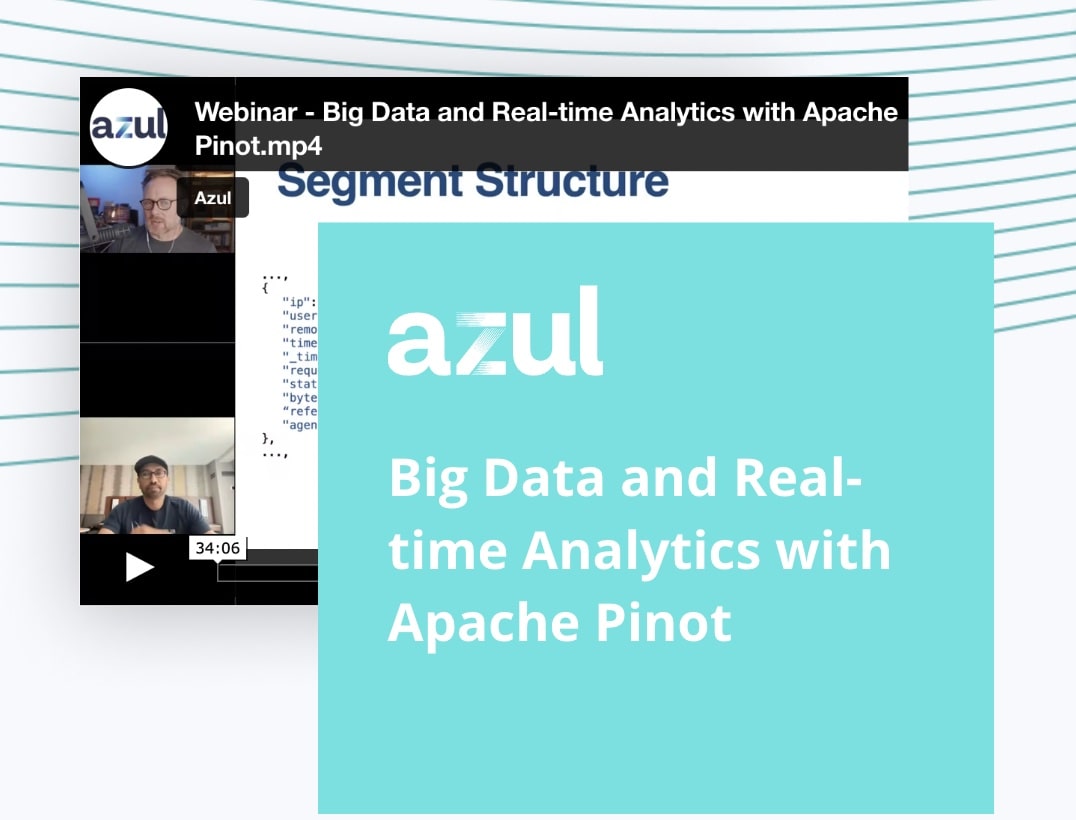What is big data?
Big Data is a common description of the massive volume of data being generated every day through business operations and daily consumer behavior. The data is collected from a wide variety of sources, ranging from social media and surveys to sensors and monitoring devices.
Coined in 1990 by American computer scientist John Mashey, Big Data can be parsed and processed to reveal patterns and insights, informing corporate decision-making in a way that drives business growth and financial gain. The term can describe any set of data that can’t be analyzed through traditional methods but instead requires specialized tools and methods to be effectively analyzed. Big Data can include both structured data and unstructured data, depending on the source, type, and format.
How does Big Data work?
Big Data requires a number of additional processing steps, from data collection and processing to analysis and visualization. This type of data is usually gathered in bulk from numerous sources and stored in a data warehouse or data lake. From there, the Big Data tools and techniques that are used depend on the format of the data and the desired outcome.
Once fully parsed, cleaned, and processed, the data can be analyzed using specialized tools like Spark or Hadoop. These allow data analysts and architects to search through, analyze, and then visualize the data set to make its insights more accessible.
Usually, the motive is to improve decision-making through actionable insights, drive innovation, or gain a better understanding of user behavior. Common Big Data platforms include:
- Amazon Redshift
- Apache Cassandra
- Apache Hadoop
- Apache Kafka
- Apache Solr
- Cloudera
- Datastax
- IBM
- Microsoft Azure
- Oracle
- Tableau
Why is Big Data important?
Big Data continues to become more important for today’s modern businesses. With so much of it being produced on an hourly basis, companies need a way to effectively analyze and utilize all this data in hopes of gaining an edge over the competition. When handled properly, Big Data offers a wealth of valuable information and insights into market trends and overarching consumer behavior, compared to more concentrated data sets.
By adequately analyzing Big Data, organizations can identify unique opportunities for growth and room for innovation. They’re also able to optimize their base operations to improve customer satisfaction and employee retention, and real-time monitoring and analysis can help companies mitigate risks and improve their security.
What are the benefits of Big Data?
There are numerous benefits to utilizing Big Data in business operations and decision-making, such as:
- Valuable insights: By analyzing Big Data, companies can generate valuable insights into behaviors and preferences so they can tailor their products and services to meet customers’ needs.
- Operation optimization: By analyzing data gathered from the supply chain, companies can identify bottlenecks and areas needing development to improve delivery times and mitigate shortages.
- Risk avoidance: By analyzing security and access logs, companies can detect potential threats, vulnerabilities, and suspicious activity before they can damage the company’s digital assets.
What does a Big Data architecture look like?
Big Data is differentiated from other types of data by four distinct elements, known as the four Vs of Big Data: velocity, volume, variety, and veracity. The architecture is complex, consisting of multiple specialized layers:
- Collection layer: This layer is responsible for ingesting and integrating data from diverse sources. Tools like Apache Kafka, Flume, and NiFi are used to collect, transform, and consolidate both structured and unstructured data.
- Storage layer: This layer incorporates one or more storage solutions, such as NoSQL, HDFS, and data warehouses and lakes, either on-premises or cloud-based. It’s also responsible for ensuring the privacy and security of the data.
- Processing layer: This layer is responsible for rapidly analyzing and processing the data. Tools like Apache Spark or Flink are used for direct or parallel processing frameworks.
- Analytics layer: This layer utilizes advanced analytics and predictive modeling, often using machine learning libraries like TensorFlow and PyTorch. It’s the layer where the extraction of insights and information occurs.
- Application layer: The application layer is the topmost layer in the architecture. It’s where the results are shown through the user interface. It simplifies data management and access through various services and visualization techniques.
What risks are involved with Big Data?
While it’s not a particularly high-stakes endeavor, organizations that rely on Big Data analysis should be prepared for a number of risks, including:
- Privacy and security concerns: Holding on to large amounts of user and corporate information puts organizations at a higher risk of cyberattacks, data breaches, and data leaks.
- Ethical considerations: The way the data is gathered can also put the company’s reputation at risk. It’s important to make sure all privacy regulations are followed.
- Diminished quality and accuracy: Collecting large amounts of data from low-quality sources can reduce the overall reliability and accuracy of the insights and information extracted.
- Infrastructure requirements: The collection, maintenance, and analysis of Big Data will demand a lot of hardware, software, and human resources, which might put a strain on the organization’s budget.
When should enterprises use Big Data?
Enterprises and other organizations should consider delving into Big Data analysis once they’re sure they have reliable access to large data sets, and that they have the resources and expertise they need to both collect and process the data. After all, Big Data is particularly beneficial for companies looking to gain insights into a specific area of their operations or market.
This includes companies looking to take the next step toward optimizing their operations and improving their workplace efficiency. The same applies to security logging and monitoring; Big Data enables organizations to detect threats and vulnerabilities early on, especially with real-time analysis.
What are the challenges associated with Big Data?
Organizations looking to adopt Big Data analysis must be prepared to face numerous challenges, such as:
- Data quality and accuracy
- Data integration
- Data governance
- Source variety and integrity
- Recency and relevance
- Data generation rates and velocity
What use cases are best suited for Big Data?
Big Data can be used in almost all industries, as long as the organization can access large amounts of reliable data. This includes the health care, entertainment, commerce, finance, and communications industries.
In finance, for example, Big Data can be used to identify market trends and make informed investment decisions. As for in-person and online retail, Big Data can be used to analyze customers’ behaviors and preferences. These insights can then be used to tailor products, services, and the overall shopping experience to boost customer satisfaction.
In addition to real-time analysis, Big Data is also useful for long-term analysis and predictions. This is particularly beneficial for older organizations with large volumes of data they can draw from.
How does Azul help with Big Data?
With an optimized JIT compiler and a pauseless garbage collector, Azul delivers better Java performance and reduces infrastructure costs for big data technologies. Azul is a global software company with more than 20 years of Java leadership. Our high-performance Java runtime can help companies analyze and process Big Data more efficiently and effectively. By using Azul’s Java runtime, companies can improve the performance and scalability of their Big Data analytics tools.
If you’re interested in learning more about how Azul can help your company with Big Data, contact us today! We’d be happy to discuss your specific needs and recommend the right solution for you.
Azul Platform Prime
A truly superior Java platform that can cut your infrastructure costs in half.




